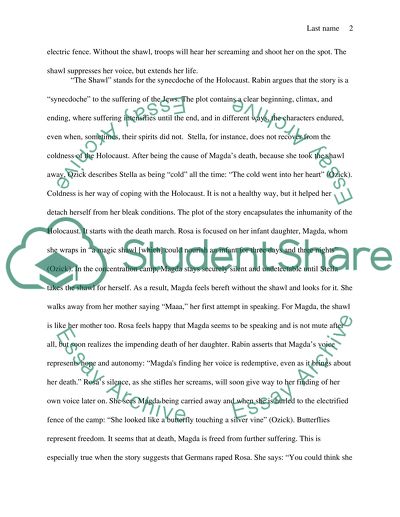Cite this document
(“Ozick's The Shawl: Faith, Voice, and Free Will Essay”, n.d.)
Retrieved from https://studentshare.org/literature/1453315-arguing-an-interpretation-or-an-evaluation
Retrieved from https://studentshare.org/literature/1453315-arguing-an-interpretation-or-an-evaluation
(Ozick'S The Shawl: Faith, Voice, and Free Will Essay)
https://studentshare.org/literature/1453315-arguing-an-interpretation-or-an-evaluation.
https://studentshare.org/literature/1453315-arguing-an-interpretation-or-an-evaluation.
“Ozick'S The Shawl: Faith, Voice, and Free Will Essay”, n.d. https://studentshare.org/literature/1453315-arguing-an-interpretation-or-an-evaluation.


